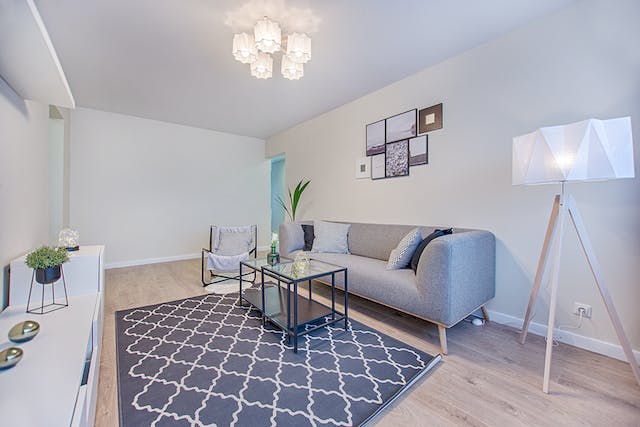The Victorian Housing Statement, announced earlier this year, has sparked a buzz across the state with its forward-thinking approach to residential development. This pivotal policy has introduced measures that could transform the urban landscape of Victoria, particularly addressing the growing need for diverse and affordable housing options. At its core is a groundbreaking provision that could see homeowners gaining the ability to build and rent out granny flats without the usual maze of planning permit requirements. However, not everyone is on board with these changes, as demonstrated by the strong opposition from a prominent inner-Melbourne council.
Embracing Change: The State’s New Vision for Housing
The Victorian government’s initiative is a bold step towards alleviating the housing shortage crisis. By simplifying the process for constructing secondary dwellings, commonly known as granny flats, the state aims to boost affordable housing options. This move is seen as a win-win scenario; homeowners can leverage their property to generate additional income, while renters find more budget-friendly living spaces in established neighbourhoods.
The Inner-Melbourne Council’s Stance: A Voice of Dissent
Despite the apparent benefits, the proposal has faced criticism from a notable inner-Melbourne council. The council’s concerns likely revolve around the potential impact on local infrastructure, the character of neighbourhoods, and the governance of urban development. This resistance highlights the complexities involved in urban planning and the delicate balance required to accommodate growth while preserving the unique characteristics of communities.
Predicted Impact: Suburbs in the Spotlight
Analysts have weighed in, suggesting that the outer suburbs, along with areas like Essendon and Brunswick, are prime candidates for a surge in secondary dwellings. These regions, characterised by more spacious residential lots and growing demand for affordable housing, present an ideal environment for the proliferation of granny flats. This development could lead to significant demographic shifts, potentially rejuvenating these areas with a diverse mix of residents.
The Balancing Act: Urban Development and Community Preservation
The Victorian Housing Statement is a testament to the state’s commitment to innovative solutions in urban planning. However, the pushback from the inner-Melbourne council serves as a reminder of the challenges inherent in such transformative policies. As Victoria embarks on this path, it will be crucial to strike a balance between encouraging development and maintaining the integrity of its communities. This will involve continuous dialogue, adaptive planning strategies, and a commitment to addressing the concerns of all stakeholders.
A Step Towards the Future with Caution
The Victorian Housing Statement is more than a policy; it’s a vision for a more inclusive and flexible urban future. While its implementation will not be without obstacles, the potential benefits in addressing housing affordability and diversity cannot be overlooked. As the state navigates the complexities of urban development, the lessons learned here could very well set a precedent for other regions facing similar challenges.

